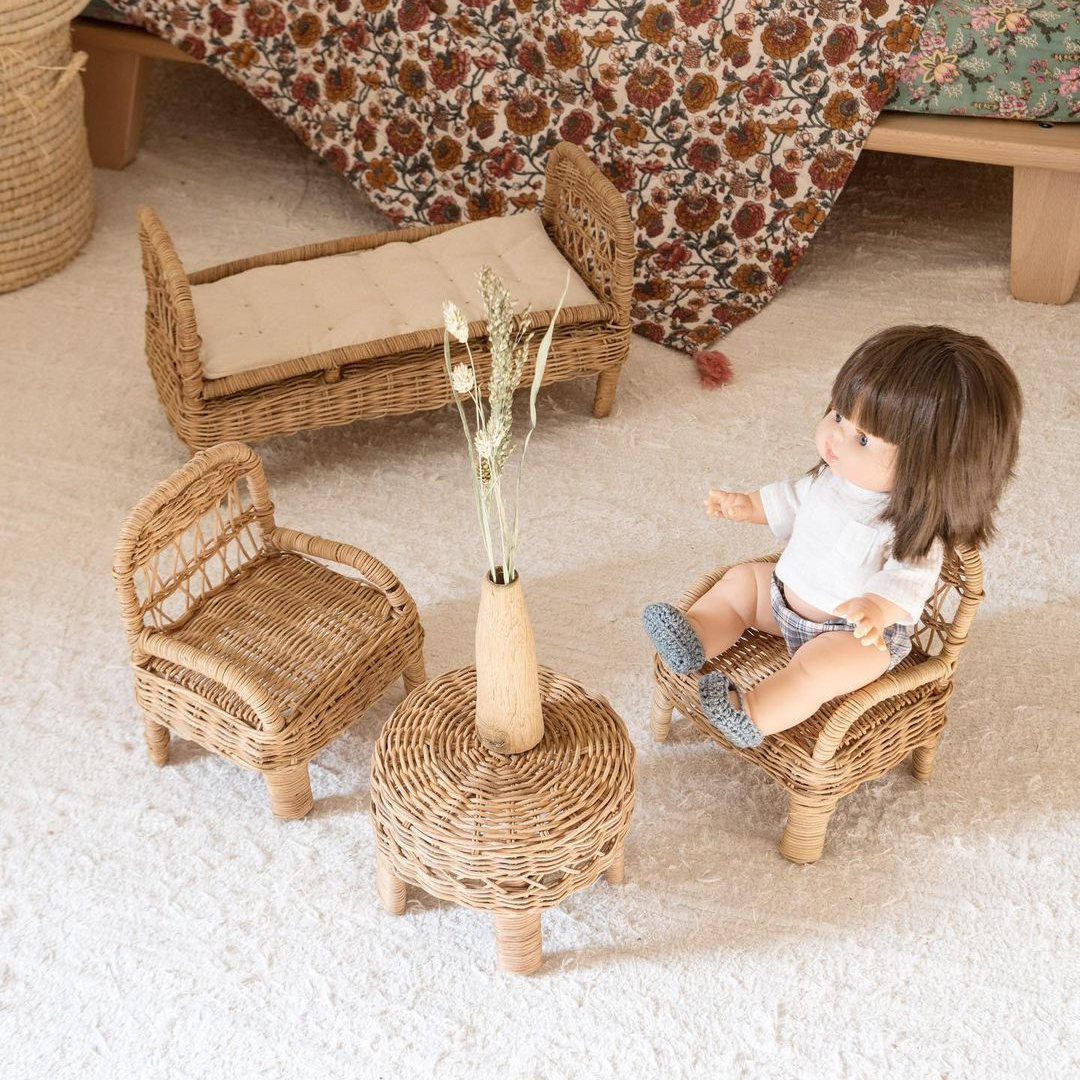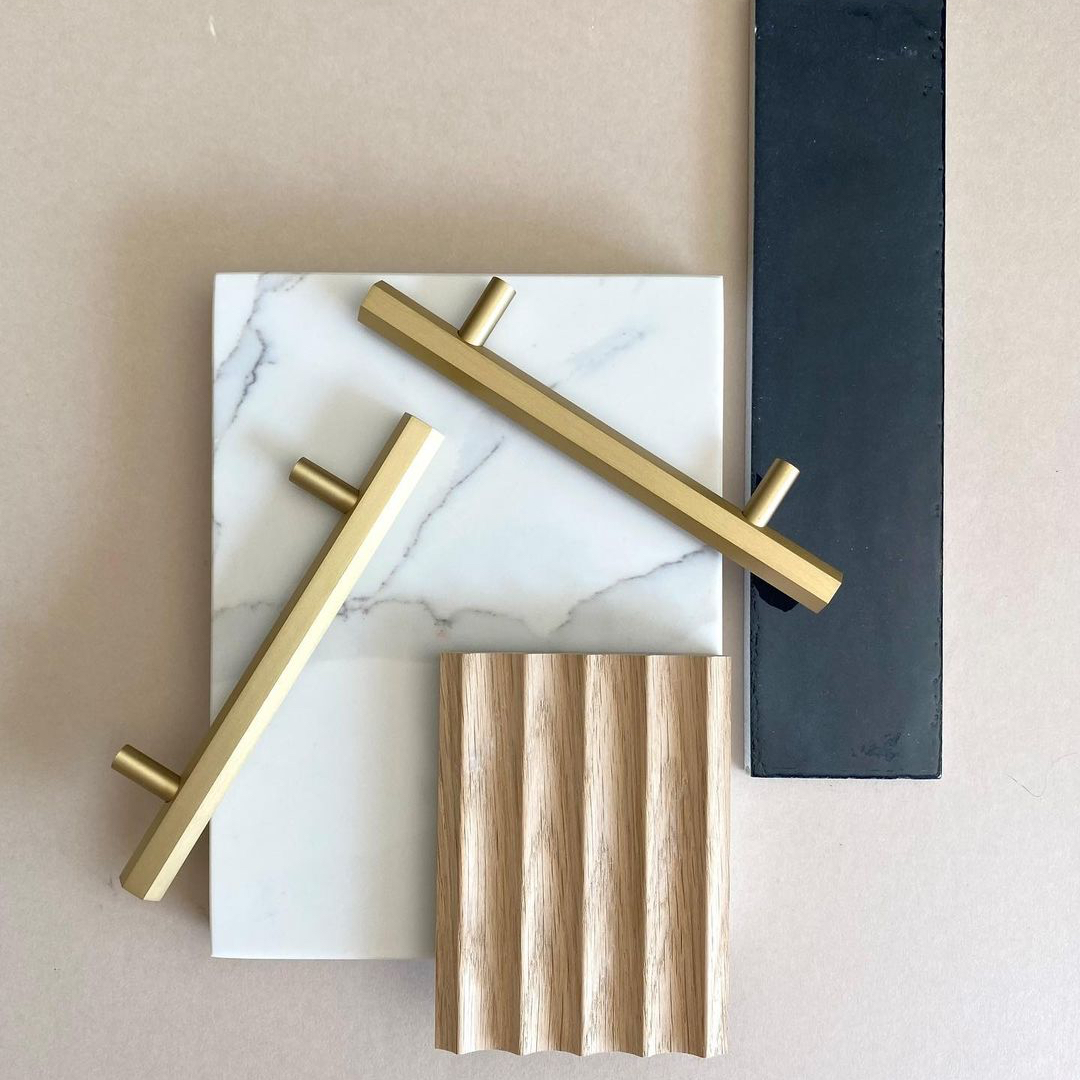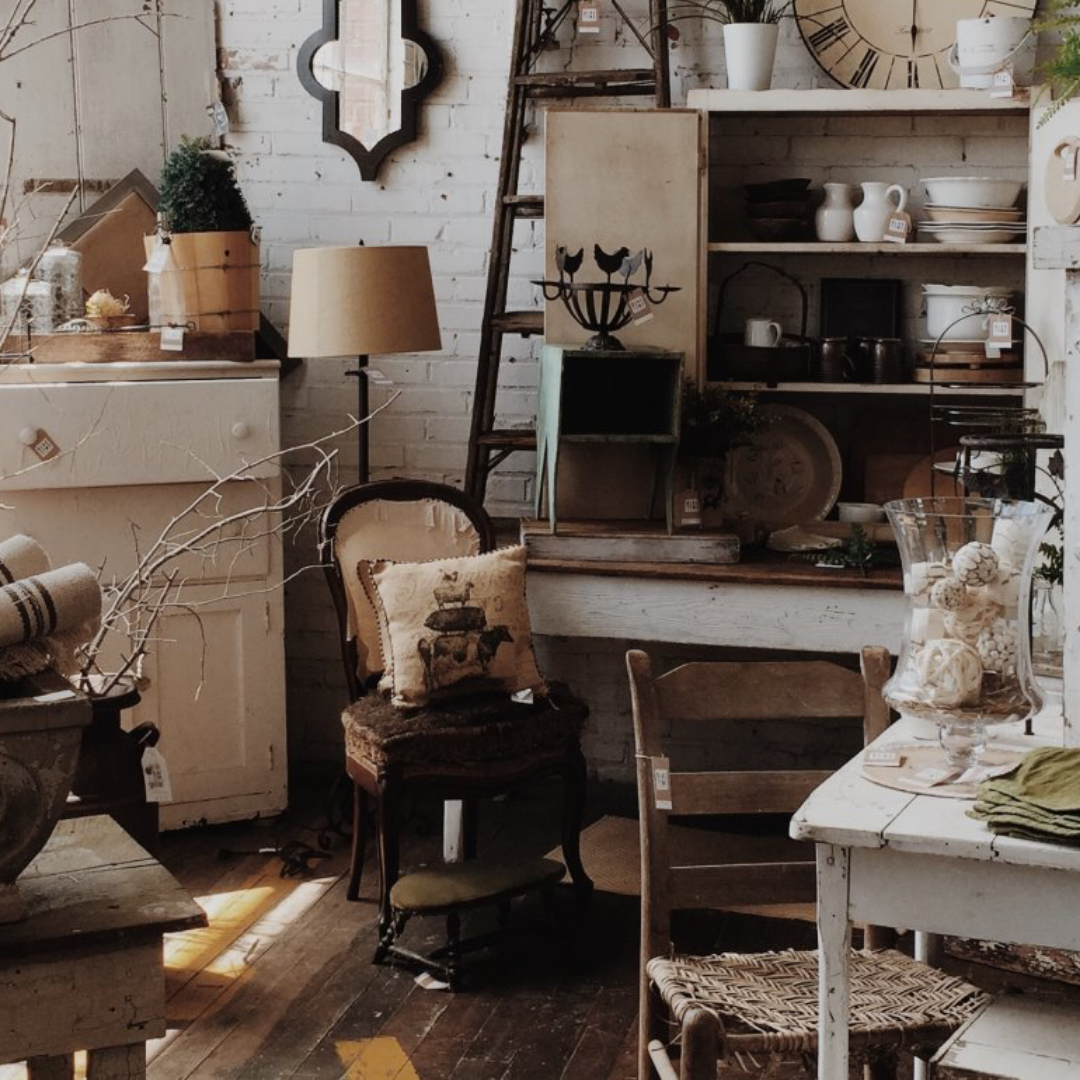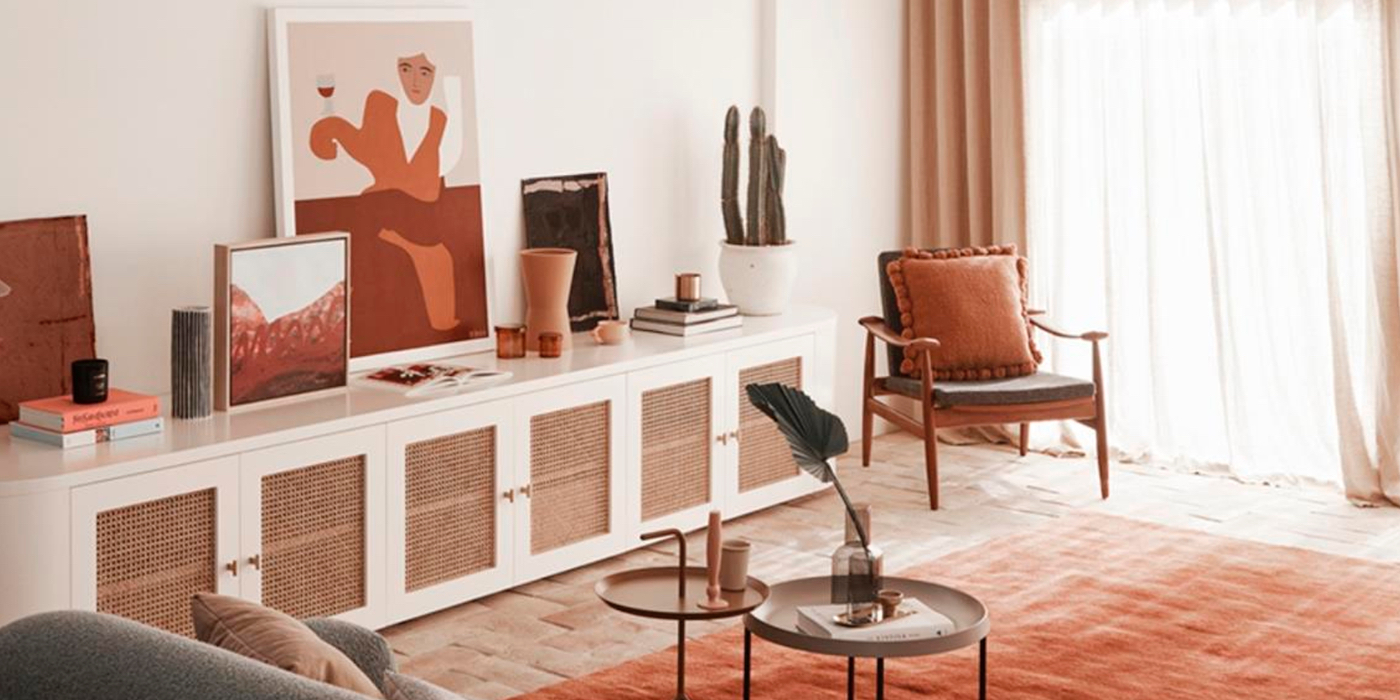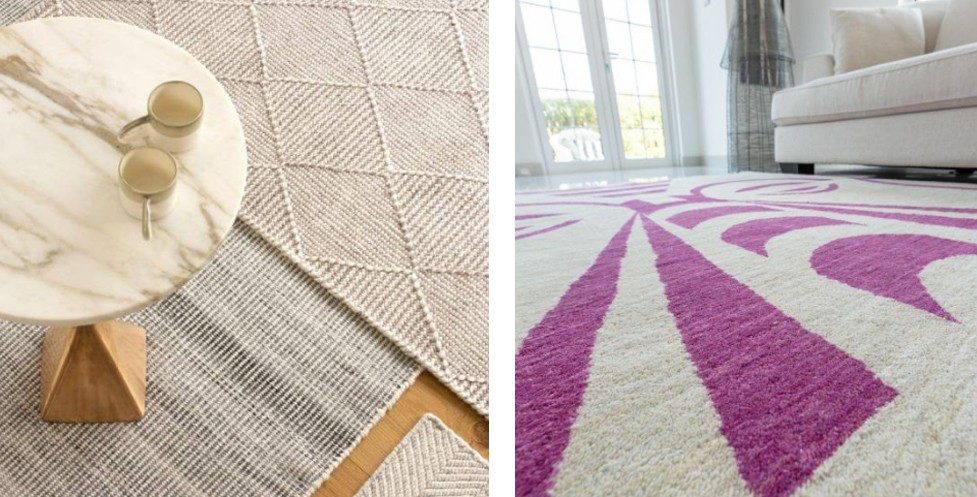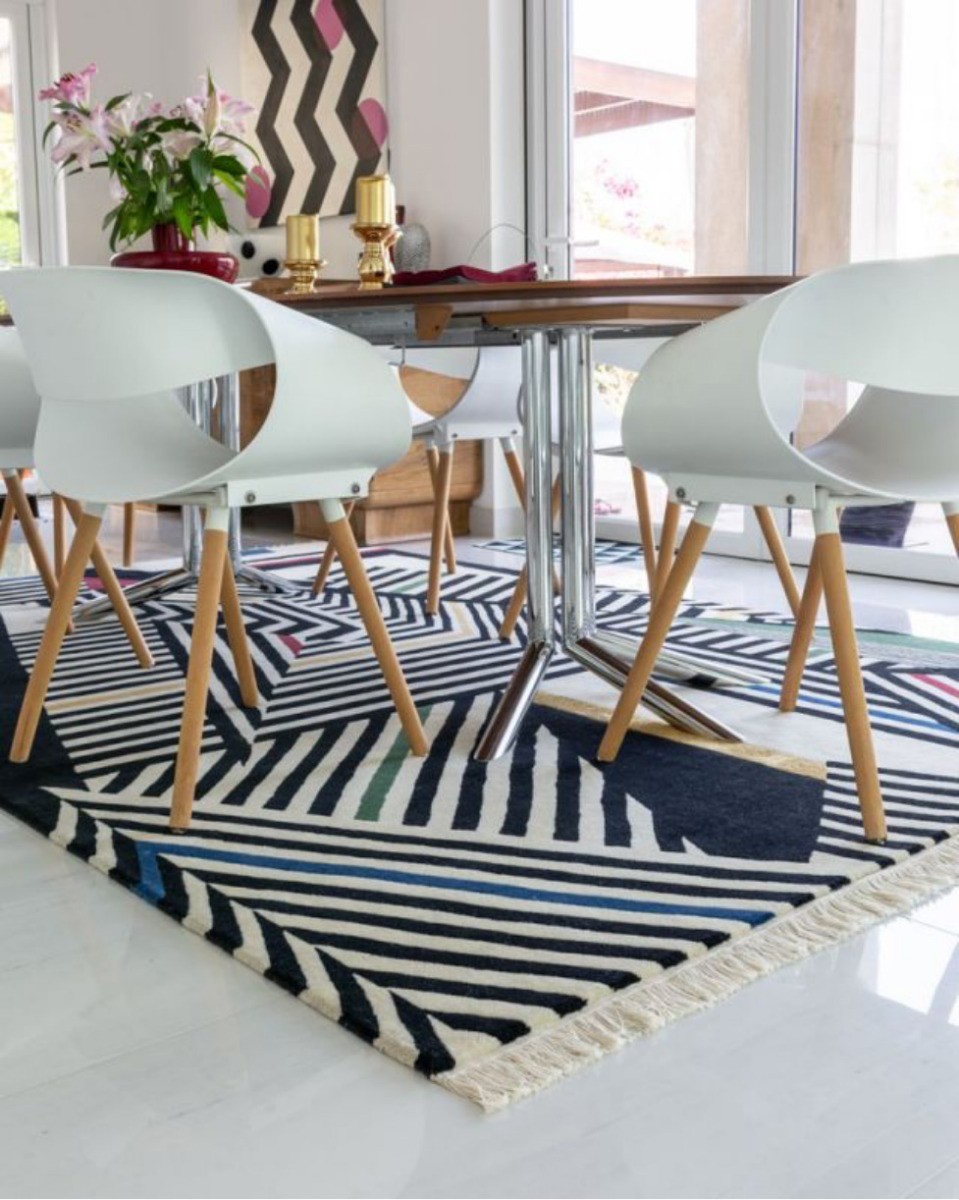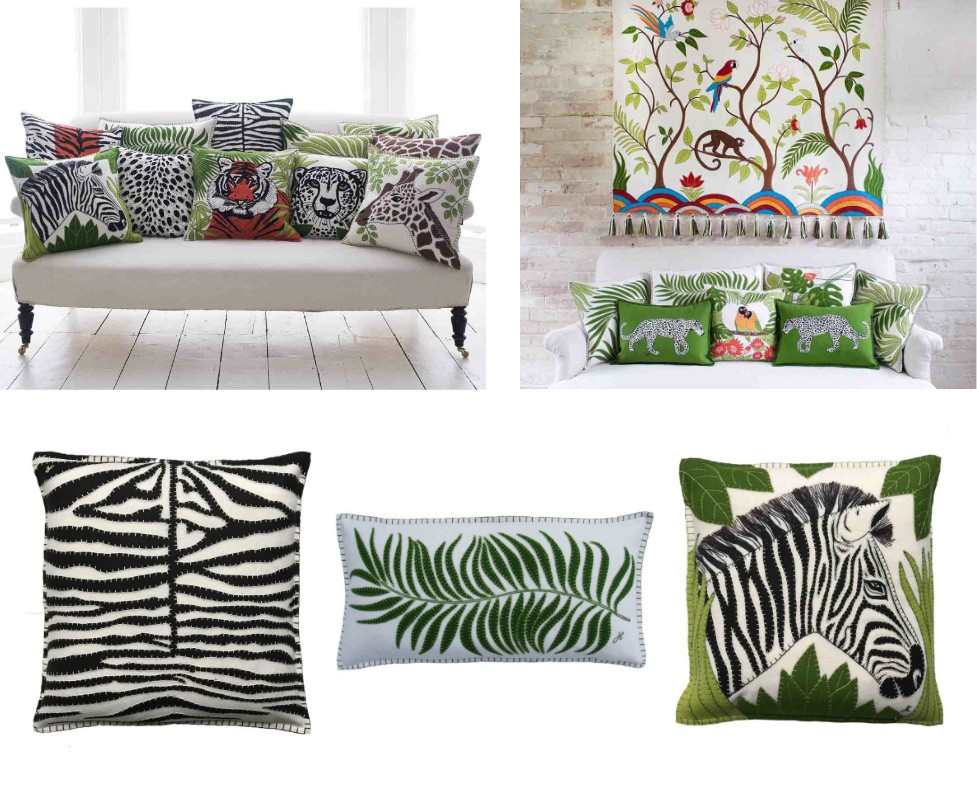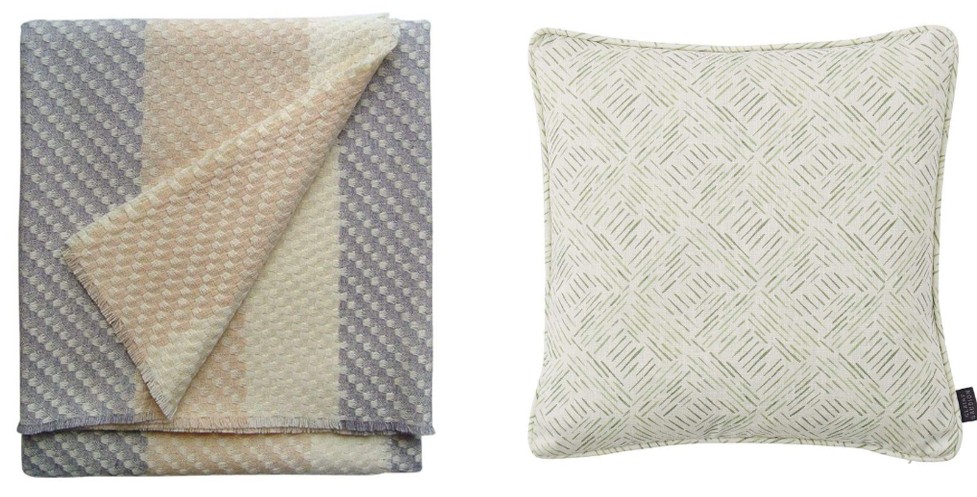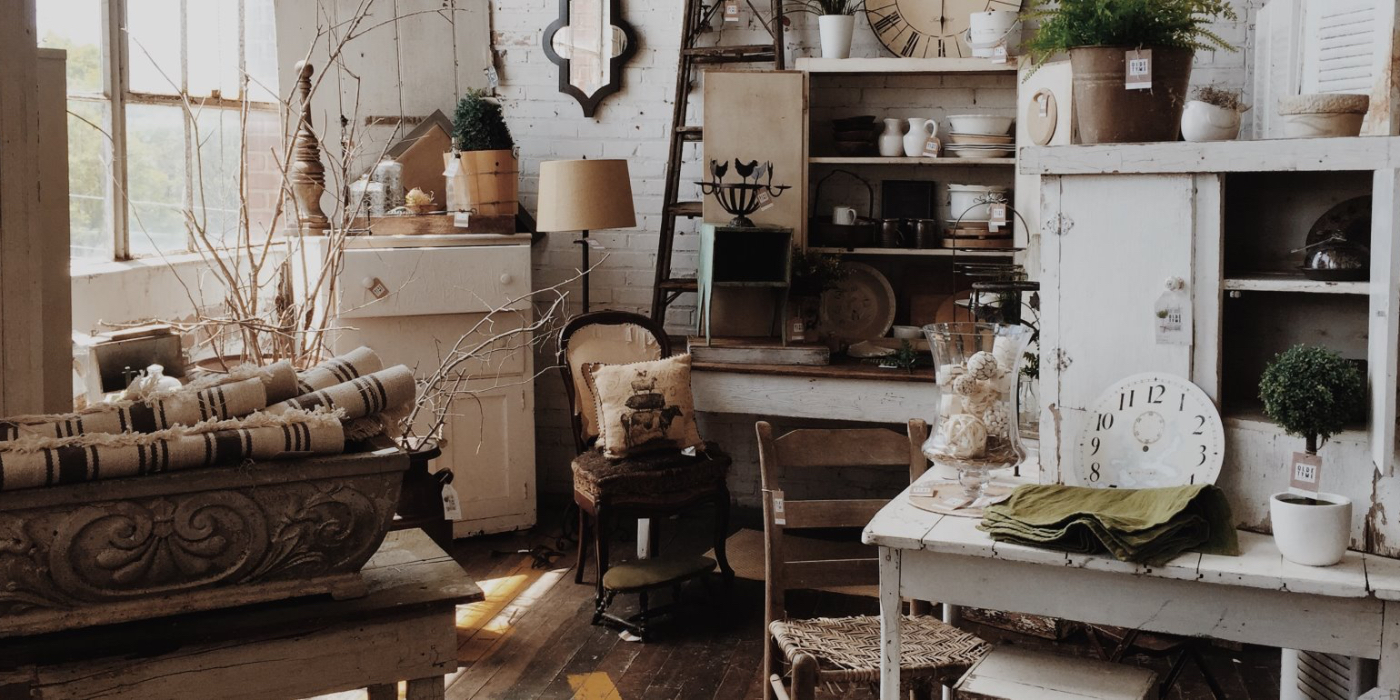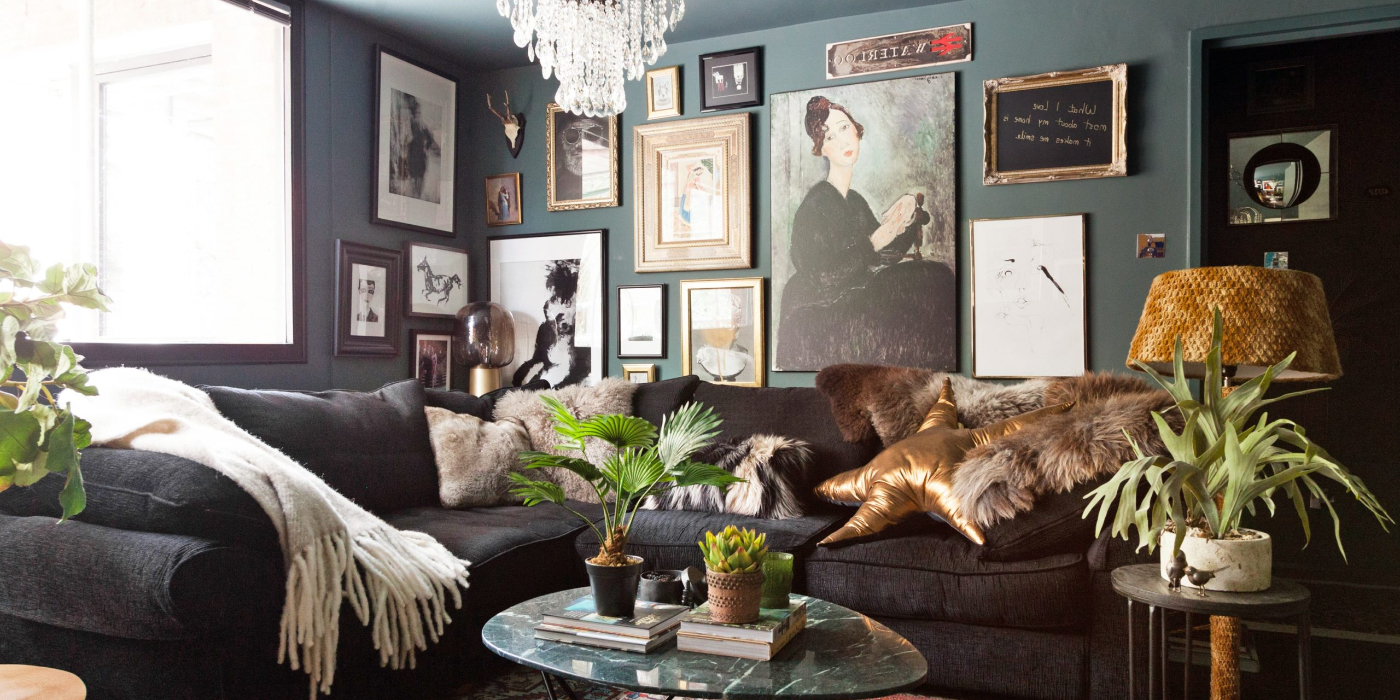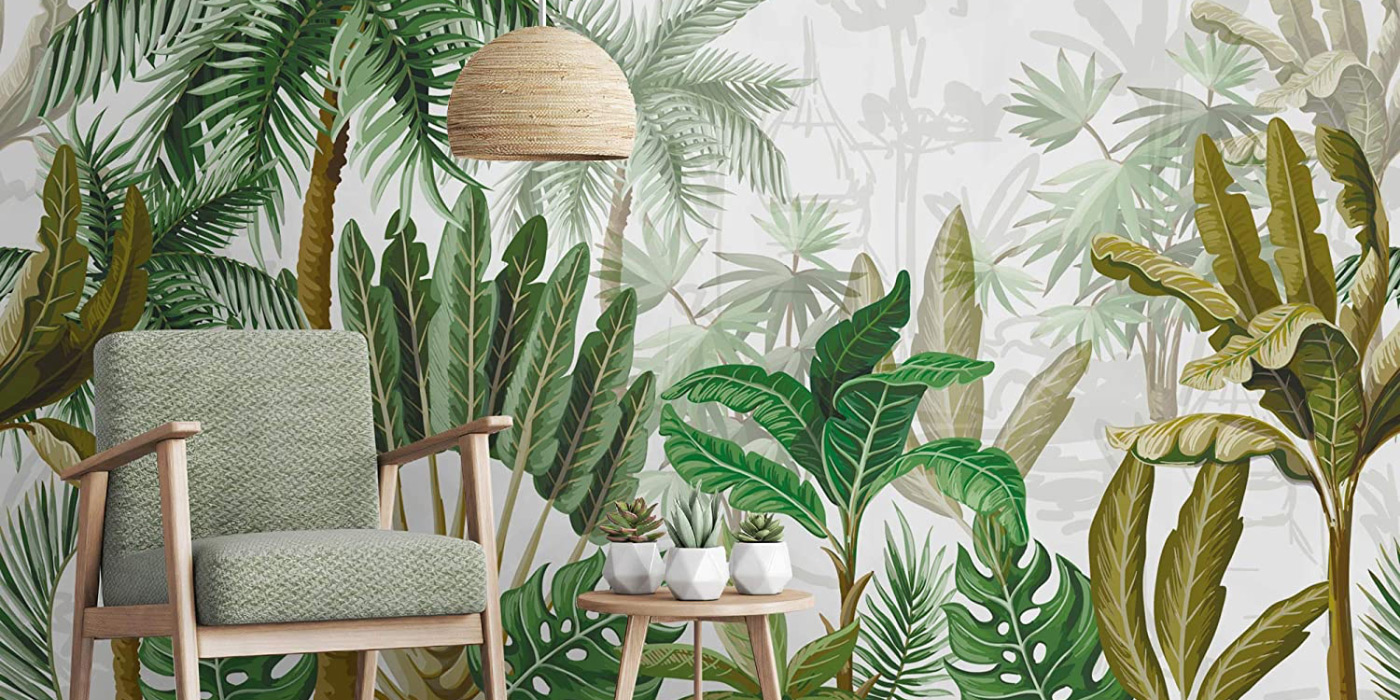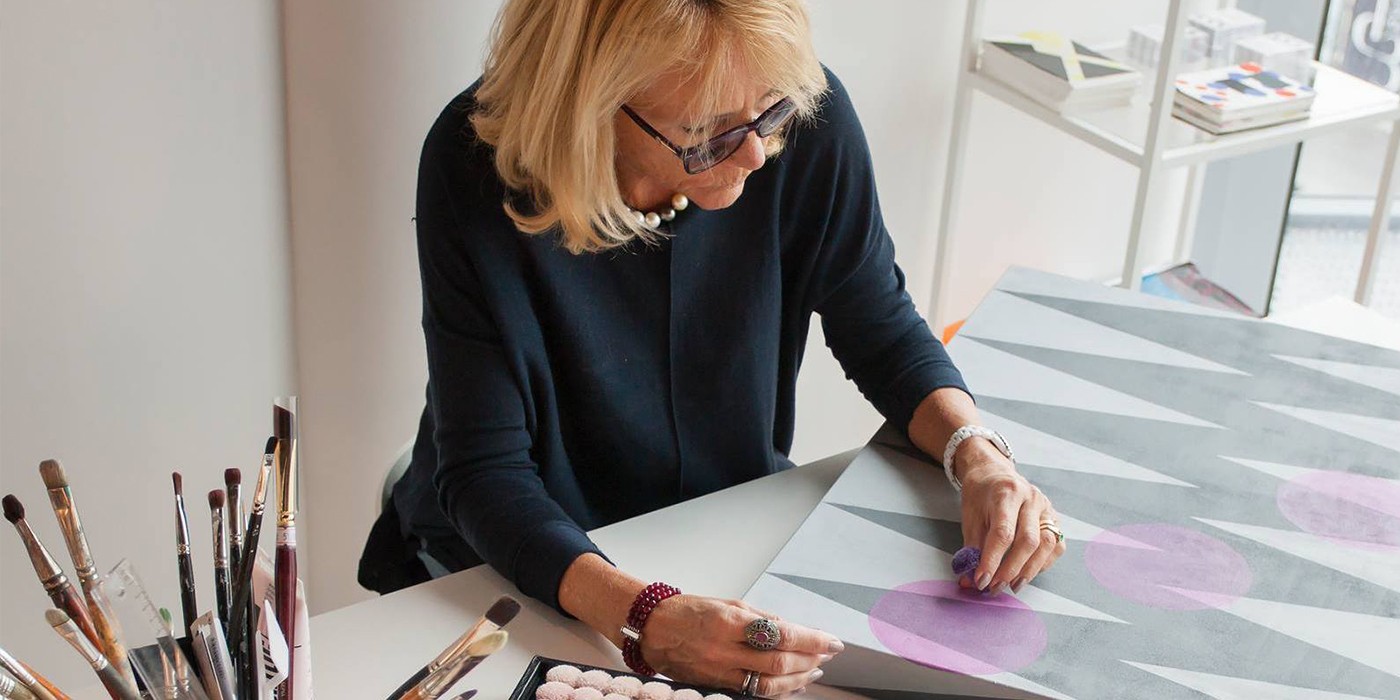Finishing Touches: How to Decorate with Accessories
The reason we use accessories in our interior space is to give it soul and reflect our personality. When accessories are placed correctly, they tell the story of your life — your passions, travels, taste and sentiments. But there’s an art to knowing what to include, what to leave out and how to arrange the elements that remain. Once you understand the principles, accessorising can be a fun adventure that allows you to show off your home – and your story.
The rule of arrangement
If you look at any cosy spot in your home, be it the lounge, bed or even your outdoor patio, you’ll probably start to see a pattern of how you’ve naturally started to arrange your textured items. This is because certain groupings of objects are particularly pleasing to the eye.
Take the rule of thirds for example. Three is the smallest number that allows us to create a pattern, which guides us to the perfect combination of brevity and rhythm. This is the perfect place to start when decorating with accessories.
Take a look around your home and pick out the first place you’d like to start adding a new decor trend. This could be the open shelves in your kitchen which you can't wait to update with handmade ceramics and glassware (and update your IG profile with some perfectly curated "shelfies").
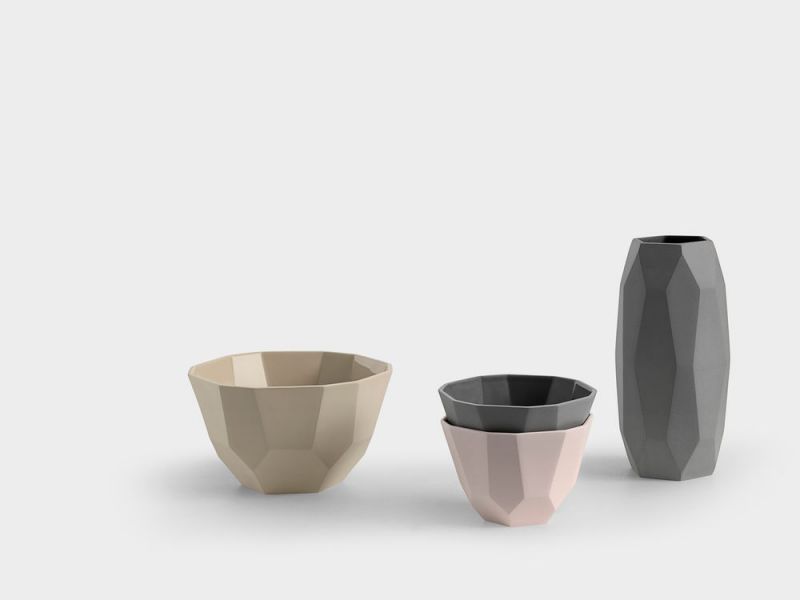
In the bedroom, why not upgrade your linen layers with a Claire Gaudion throw or blast your lounge with a celebration of colour for the warmer months with a statement rug. Whatever area you decide to pick, here are four ways to add accessories into your home with delicious textures, colours that love layering and scatters that will complete that loungy look.
1. One quality piece makes a statement.
Believe it or not, less is more when it comes to accessorising. Especially in small spaces.
Instead of trying to gather all the scatters to prove your love for geometric design, pick one bold unique piece that will do the talking, visually. You can opt for a conversation starter, like this cotton Tibetan tiger throw. Or a functional investment piece, like Fuzl's Totem shelving system.
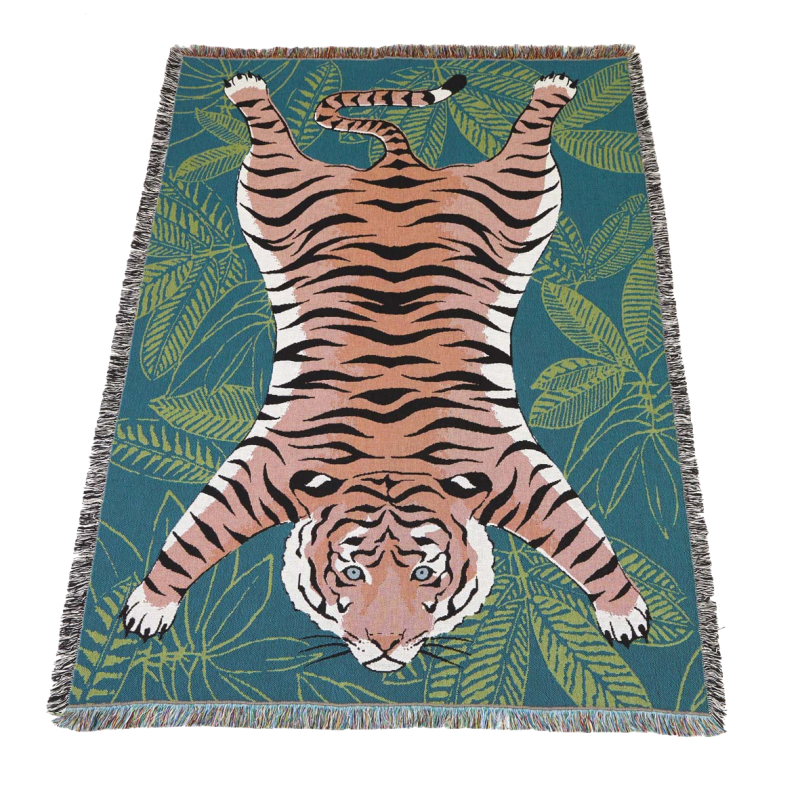
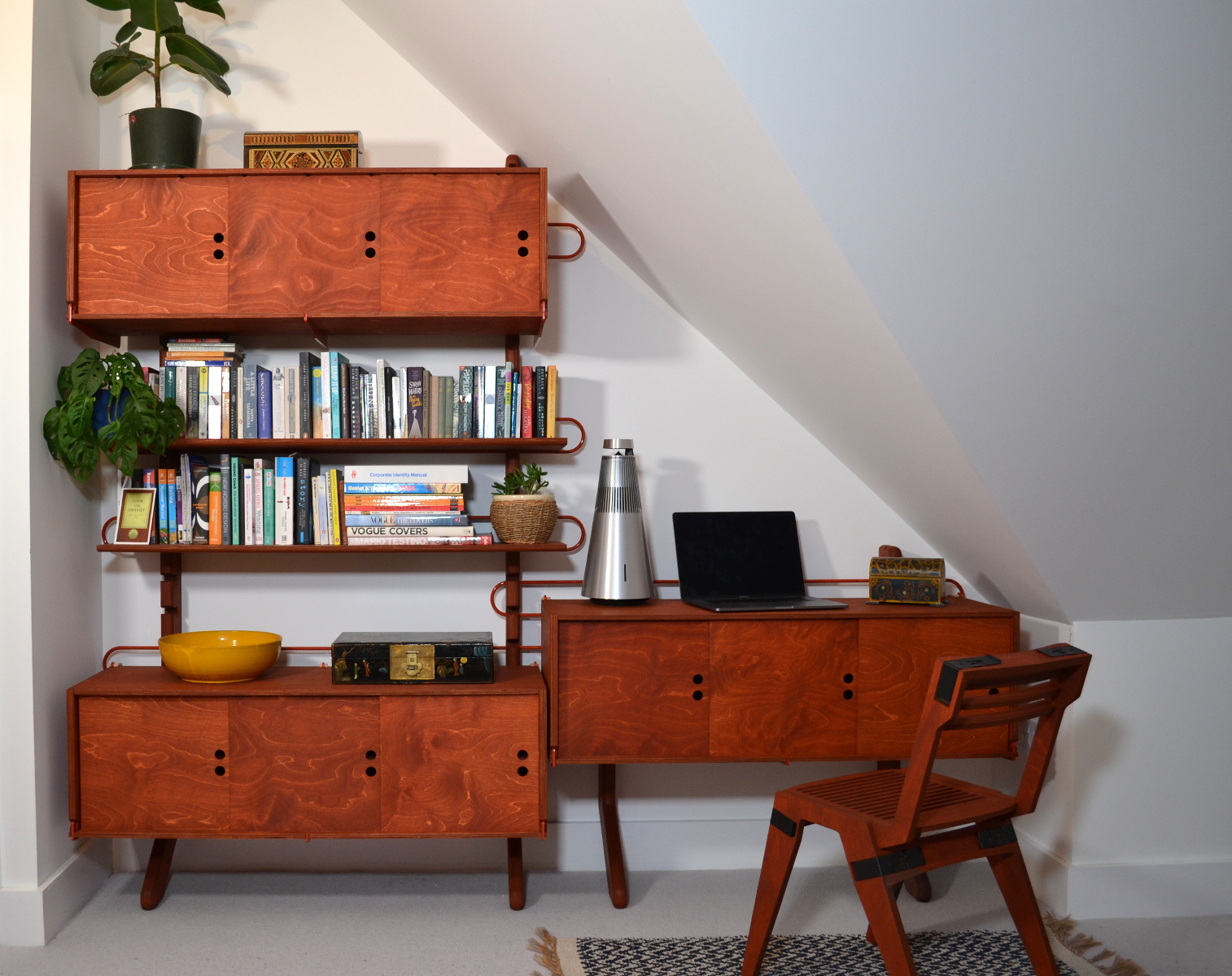
Take this geometric rug by Carpets CC. The statement of this item allows the rest of the room to complement its design by the use of smaller accessories used to pick up complementary colours.
2. Balance does not mean symmetry.
Symmetry in design is found through the balance of proportions and mixture of prints. Not in numbers. It’s using the rule of thirds, (or odd numbers) to create a story but allowing the prints, textures and proportions to create a balance. These four cushions by Jan Constantine are perfect examples of using scatters on a couch that although symmetrical in numbers are balanced with a proportion and design to create a more “decorated” look.
3. Use colours and textures to introduce a new trend
Neutral colour palettes are a great starting block to any design direction, even better if you’ve been on trend with the boho-inspired culture. However, as seasons change you might be desperate to add a pop of colour. And you can. Replacing a scatter cushion with a brightly textured print or adding a bold rug under a neutral couch can immediately uplift your space.
4. Layer your look
When decorating textile accessories, think of it like decorations on a cake. On a bed, you would start with your larger textiles like your bed linen followed by medium and small-sized accessories, like your scatters and throws. Use the colours of your room to bring in the colours of your throws and scatters. For texture, use a mix of small-weave to heavy-weave throws to create a balance in the textures. The Claire Gaudion Collection has the perfect mix of light textures and colours to start experimenting with layering in the bedroom.
Remember to have fun when playing with accessories, they’re the easiest decor items to swap and change!
